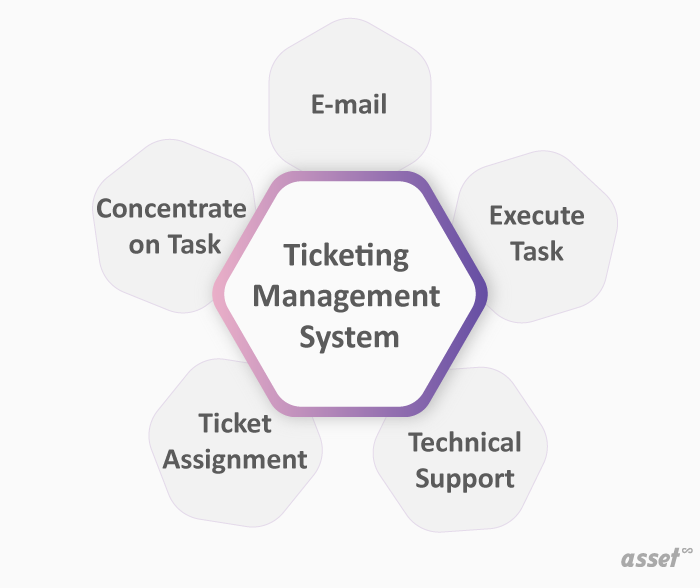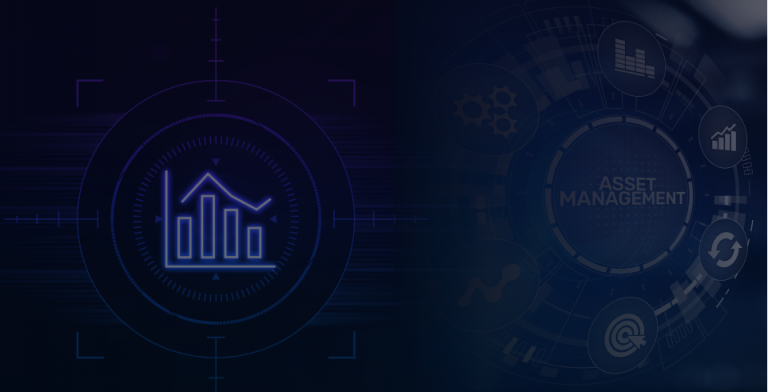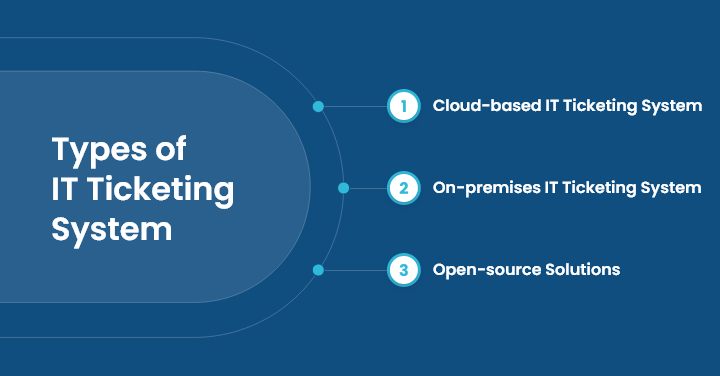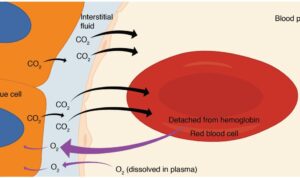it ticketing system and asset management sets the stage for this enthralling narrative, offering readers a glimpse into a story that is rich in detail. This topic dives into the integral role that ticketing systems play in managing IT assets effectively. By streamlining the process of tracking and resolving IT issues, organizations can enhance their operational efficiency while ensuring that resources are utilized optimally.
As we navigate through this discussion, we will explore how a well-implemented IT ticketing system not only aids in problem resolution but also supports asset tracking, ensuring that every piece of technology is accounted for. From the fundamentals to advanced features, we will break down the key components that contribute to a robust system, highlighting the benefits and best practices for successful implementation.
In recent years, the concept of sustainable living has gained significant traction, leading to increased awareness about the impact of our daily choices on the environment. As we face pressing challenges such as climate change, resource depletion, and pollution, adopting a sustainable lifestyle isn’t just an option; it’s a necessity. This article delves into the importance of sustainable living, practical ways to incorporate it into our lives, and the broader implications for our planet and society.
Understanding Sustainable Living
Sustainable living is a lifestyle that aims to reduce an individual’s or society’s use of the Earth’s natural resources. It encompasses a wide range of practices and philosophies, centered around the concept of meeting our present needs without compromising the ability of future generations to meet theirs. By making conscious choices about how we consume resources, we can significantly lessen our environmental footprint.
The Environmental Impact of Our Choices
Every day, our choices—from the food we eat to the products we buy—have an impact on the planet. For instance, the fashion industry is one of the largest polluters, contributing to water pollution, waste, and carbon emissions. Similarly, the way we produce and consume food can lead to deforestation, loss of biodiversity, and greenhouse gas emissions. By recognizing these impacts, we can begin to understand the importance of sustainable living.
Benefits of Sustainable Living
1. Environmental Protection: By reducing waste, conserving energy, and choosing sustainable products, we help preserve natural habitats and reduce pollution. This contributes to a healthier planet for all living beings.
2. Economic Savings: Sustainable choices often lead to financial savings. For example, using energy-efficient appliances can lower utility bills, and growing your own food can save money on groceries.
3. Health Benefits: Sustainable living often involves consuming less processed food and more organic produce. This can lead to improved health and wellness, reducing the risk of chronic diseases.
4. Community Building: Embracing sustainability can foster a sense of community. Participating in local farming initiatives, community gardens, or recycling programs can strengthen social ties and encourage collective action.
Practical Ways to Live Sustainably
Adopting a sustainable lifestyle may seem daunting, but it can be broken down into manageable steps. Here are some practical ways to incorporate sustainable practices into your daily life:
1. Reduce, Reuse, Recycle: Start with the three R’s. Reduce waste by minimizing single-use items, reuse products whenever possible, and recycle materials like paper, glass, and plastics.
2. Conserve Energy: Simple changes, such as turning off lights when you leave a room, using energy-efficient appliances, and switching to LED bulbs, can significantly reduce energy consumption.
3. Choose Sustainable Transportation: Whenever possible, opt for walking, biking, carpooling, or using public transportation. This not only reduces greenhouse gas emissions but also promotes physical health.
4. Support Local and Organic Products: Purchasing locally sourced and organic food helps reduce the carbon footprint associated with transportation and supports sustainable farming practices. Visiting farmers’ markets can be a fun way to connect with local producers.
5. Practice Water Conservation: Simple actions like fixing leaks, using water-efficient fixtures, and collecting rainwater can make a big difference in water conservation.
The Role of Technology in Sustainability
Advancements in technology play a significant role in promoting sustainable living. From renewable energy sources like solar and wind power to smart home devices that optimize energy usage, technology can help us live more sustainably. Furthermore, innovations in sustainable product design, such as biodegradable materials and zero-waste packaging, are paving the way for a more environmentally friendly future.
Challenges to Sustainable Living
Despite the many benefits, there are challenges to adopting a sustainable lifestyle. These can include financial constraints, lack of access to sustainable products, and cultural attitudes towards consumption. Education and awareness campaigns can help address these barriers by providing information on the long-term benefits of sustainability and encouraging individuals to make informed choices.

Conclusion
The importance of sustainable living cannot be understated. As individuals, we have the power to make choices that positively impact the environment, our communities, and our health. By adopting sustainable practices in our daily lives, we contribute to a collective effort that can lead to a healthier planet for future generations. Whether it’s through reducing waste, conserving energy, or supporting local economies, every small action counts.
Let’s embrace the challenge of sustainable living and work together toward a more sustainable future.

By taking proactive steps towards sustainability, we not only enhance our quality of life but also ensure that we leave behind a world that is lush, vibrant, and capable of supporting future generations. So, let’s make conscious choices and inspire others to do the same. Every effort counts, and together, we can create a significant positive impact on our planet.
Key Questions Answered
What is an IT ticketing system?
An IT ticketing system is a software application that helps IT teams manage and resolve support requests or issues efficiently by tracking them as tickets.

How does asset management work with ticketing systems?
Asset management integrates with ticketing systems to track the lifecycle of IT assets, ensuring that they are properly managed and accounted for throughout their use.
What are the benefits of using an IT ticketing system?
Benefits include improved issue resolution time, better resource allocation, enhanced communication among teams, and increased visibility into IT operations.
Can small businesses benefit from an IT ticketing system?
Yes, small businesses can greatly benefit from an IT ticketing system by streamlining support processes and improving overall efficiency without requiring significant resources.
What features should I look for in an IT ticketing system?
Look for features such as automated ticket routing, customizable reporting, integration capabilities, and user-friendly interfaces to enhance usability and efficiency.
























